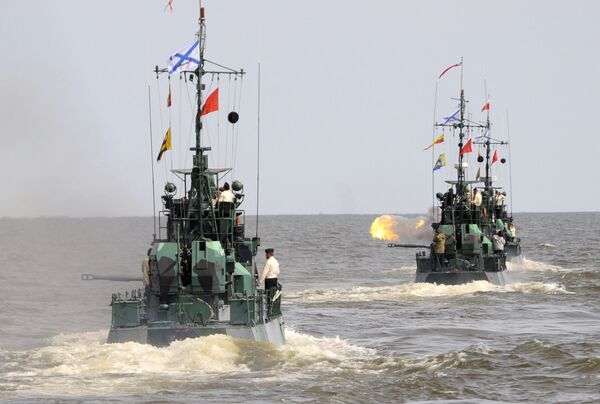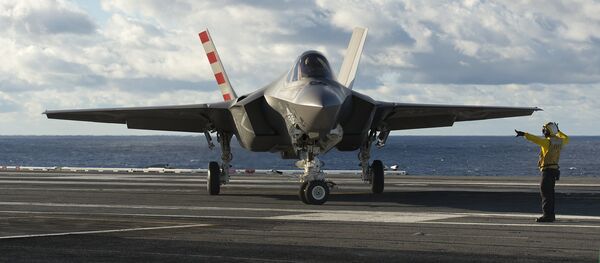The Russian Defense Ministry, according to the newspaper, has not made the exact figures public.
The press service of Russia's Southern Military District told Rossiyskaya Gazeta that the Podsolnukh is used to scan overwater and aerial regions within the country's exclusive economic zones under any weather conditions. But it could do more.
The Podsolnukh is capable of detecting sea surface and air objects at a maximum distance of 500 kilometers (over 310 miles) at different altitudes in line of sight and over the horizon. According to the Global Security website, it can simultaneously detect and track up to 300 sea and 100 aerial targets in an automatic mode. The station is operated by a crew of three people.

The Podsolnukh has taken part in the Caspian Flotilla's drills.
"In the fall of 2014, the over-the-horizon radar detected various targets and sent their coordinates to the Grad Sviyazhsk and Uglich corvettes. In January, the Podsolnukh detected four low-flying Su-24 bombers. The data was forwarded to the Dagestan frigate, whose ballistic missile defense system successfully locked onto targets," the newspaper detailed.
But there is a trade-off. Over-the-horizon radars are inconsistent with the IFF (Identification Friend or Foe) system.
"Nevertheless, the Russian military has successfully employed over-the-horizon stations. The Volna system, the Podsolnukh's big brother, has been in service with Russia's Pacific Fleet, scanning water areas at a maximum distance of 3,000 kilometers (more than 1,864 miles). The Volna's length of the antennae is 1.5 kilometers (more than 0,9 miles), its height is five meters (more than 16.4 feet)," the newspaper noted.
The export version of the Podsolnukh has been showcased at several international maritime defense shows.



